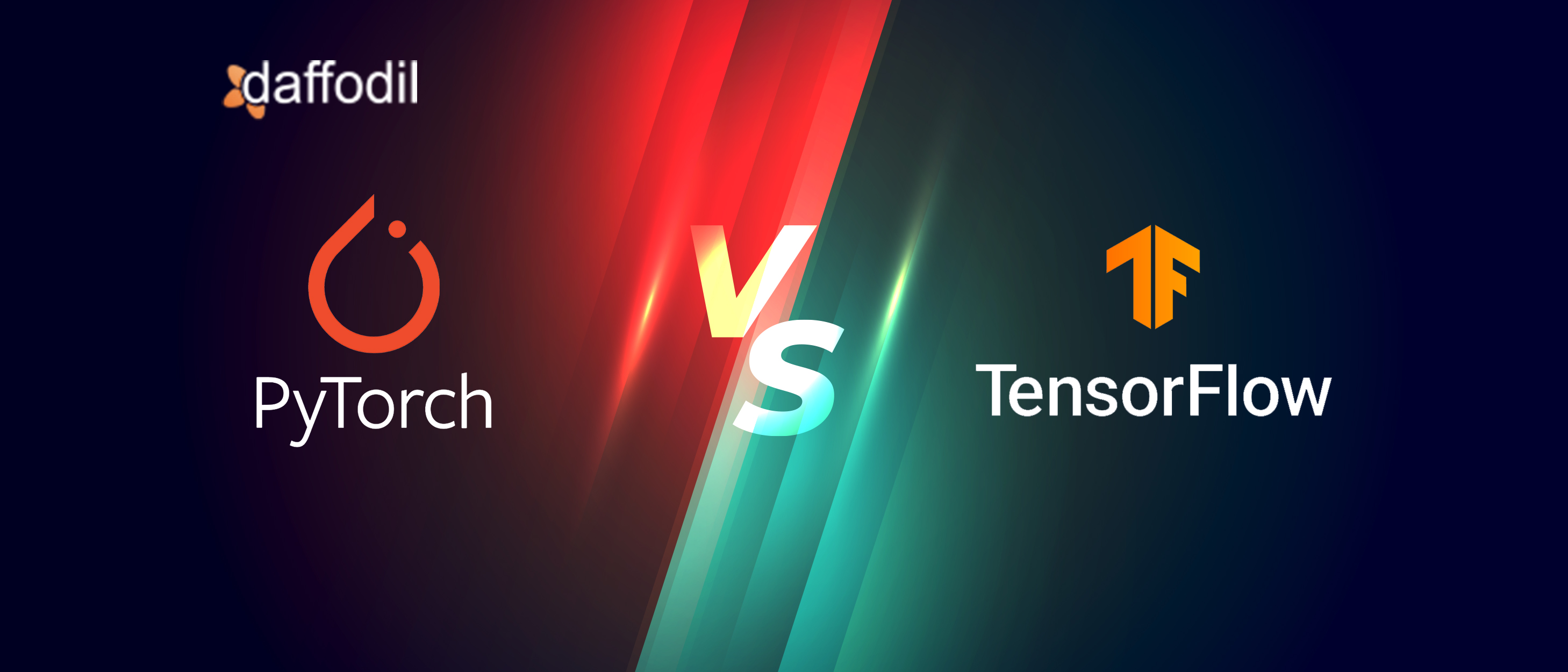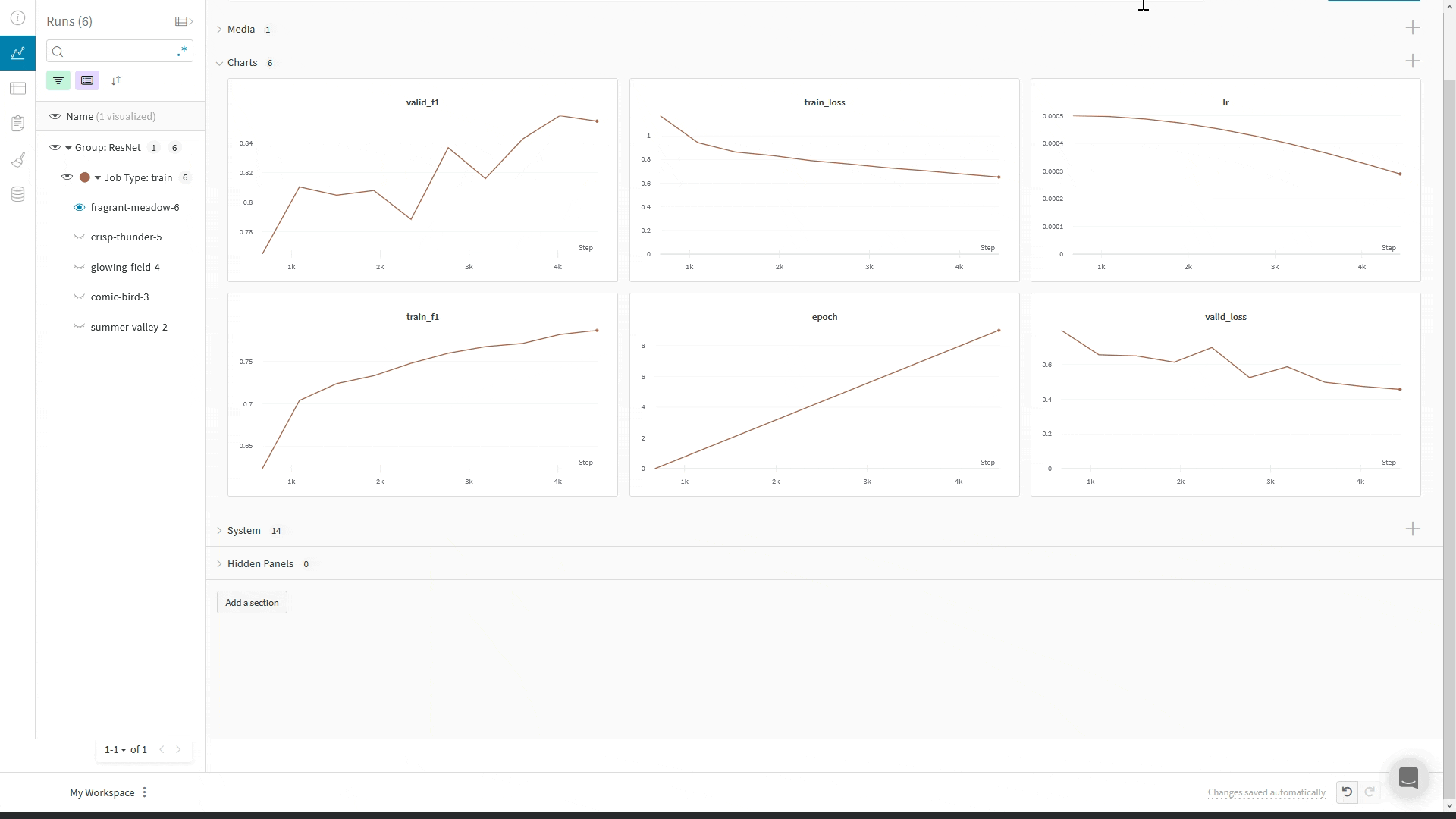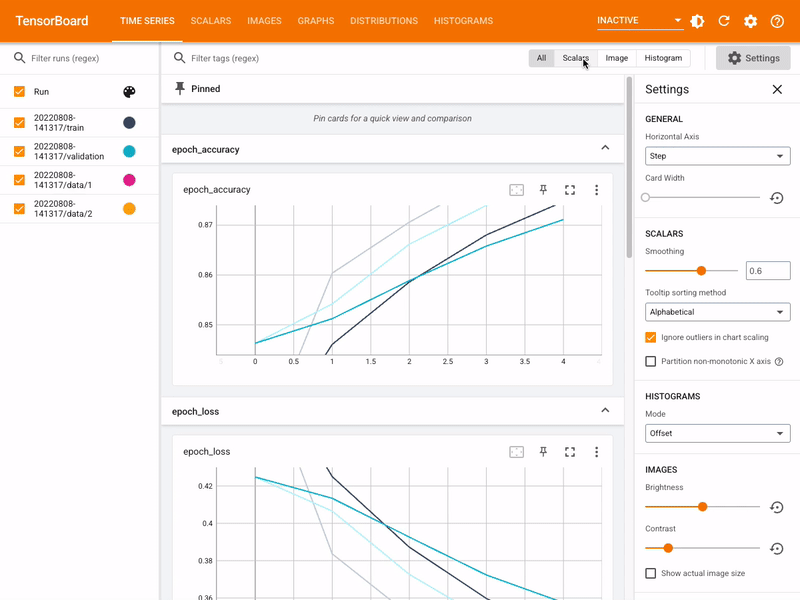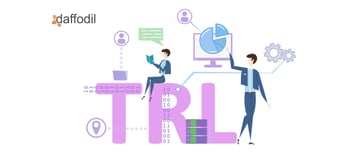
PyTorch and TensorFlow are two of the most widely relied-upon frameworks for Deep Learning (DL) research and industry implementation. While both these DL development frameworks haven't been around too long, they have made a significant mark in AI/ML research and innovation. However, when it comes to which between PyTorch and TensorFlow is the better framework, there has not been a clear consensus.
Most DL trainers, AI enthusiasts, and researchers would agree that TensorFlow fares well as an industry-focused framework, while PyTorch is a framework that facilitates more in-depth research. Both these frameworks have unique underlying functionalities and are the outcomes of very different development stories. In this article, we will attempt to spell out what really sets apart PyTorch from TensorFlow and vice versa.
What Is PyTorch?
PyTorch is a Python library, originally developed by Meta AI and then taken over by the Linux Foundation, that enables the capability to build DL projects with immense flexibility to develop DL models using idiomatic Python. For those well-versed in Python libraries, PyTorch can be defined as similar to the Numpy library with enhanced Graphics Processing Unit (GPU) acceleration, and dynamic computational graphs.

Image: PyTorch Interactive Dashboards
If you are looking to install PyTorch, it can be done either using Anaconda or a simple pip command. It works best on the macOS without the need to install an NVIDIA GPU to realize the full potential of the GPU, on a platform with incremental improvement in computational performance.
What Is TensorFlow?
TensorFlow is an open-source end-to-end library for DL and ML applications developed by Google. It helps facilitate ML tasks such as data automation, tracking, and training models, and also provides detailed performance metrics for the developed models. TensorBoard offers the visualization capabilities of TensorFlow required for machine learning experimentation use cases.

Image: TensorBoard Image Classification Model Building
Developers can leverage TensorFlow to create dataflow graphs meant for representing how data moves through a series of processing nodes. Additionally, it provides a toolkit for complex numerical computations for large-scale ML modeling. Data acquisition can be carried out for serving accurate predictions and constantly improving future outcomes.
Customer Success Story: A data management solutions provider improves efficiency by 80% with the help of the Daffodil AI Development team.
Key Considerations For Comparing PyTorch vs TensorFlow
The most significant difference between PyTorch and TensorFlow is the degree of support provided for various programming languages. While PyTorch was developed solely for the Python ML ecosystem, TensorFlow has a range of interfaces suited for multiple programming languages. While this is a fundamental difference between the two, there are other factors that help distinguish between the two, as described below:
1)Model Deployment
After leveraging either PyTorch or TensorFlow on the development of your DL or ML model, it is time to make it available for your team or the end user. The standard procedures for migrating the model to production show differences between the two development frameworks.
PyTorch: Formerly PyTorch did not come with a reliable set of deployment features. However, Facebook launched TorchServe, a PyTorch model-serving library, in March 2020, after which there were a number of features, including support for deploying multiple models and offering RESTful endpoints for collaboration with your apps, which was more like its competitor TensorFlow Serving.
Now PyTorch can be enabled and precision-enhanced by developers writing original code. PyTorch's latest version offers a wide range of comprehensive deployment options. In addition to TorchServe, you can also employ PyTorch Mobile to deploy deep learning models on mobile devices and TorchScript to facilitate model standardization and use in non-Python settings.
TensorFlow: TensorFlow initially had a distinct advantage in this area because it provides native tools for deploying your models. Your trained models can be presented and updated on the server side with relative ease using TensorFlow Serving.
On the other hand, TensorFlow Lite enables you to capsulize your trained model so that it may be used on mobile platforms. With the launch of TensorFlow.js, which enables deep-learning models to be trained and deployed in JavaScript and Node.js, TensorFlow has truly peaked.
2)Domain Of Application
As explained earlier, PyTorch is widely known as the framework most suitable for research applications, while industry professionals often leverage TensorFlow to build models and deploy them. The reasons behind the distinct domain preferences are as follows:
PyTorch: Research is the domain that finds PyTorch more suitable as it is easier to configure with an intuitive setup. It also integrates easily with various other Python libraries and packages and is a simpler choice mainly due to this single-language approach. Researchers favor PyTorch also because the API is easier to learn and they can quickly get straight to the experimentation part instead of spending a lot of time understanding its documentation. The whole structure of a model created with this framework is concise and does not require a lot of debugging to function properly.
TensorFlow: Industry professionals favor the use of the TensorFlow framework because of its wide range of low-level APIs that make it far better than PyTorch for scalability and low-level support. Businesses that make use of ML or DL models for predictive analytics and other applications choose TensorFlow due to the abundance of extensions for deployment to production. Additionally, it supports deployment for both servers and mobile devices without a whole lot of Python overhead.
3)Ecosystem
The ecosystems in which both these frameworks can be situated differ due to the modeling perspectives and slight technical differences as well:
PyTorch: There are various components constituting the ecosystem of PyTorch. This includes large repositories of pre-trained and generative models, deep learning compilers like XLA, computer vision libraries like TorchVision, the TorchAudio audio repository, SpeechBrain for ASR, and a range of libraries for specific technological applications.
TensorFlow: A large repository of trained ML models that are primed for fine-tuning is maintained on the TensorFlow Hub. The Model Garden contains directories for official models maintained by Google, research-focused models, as well as models curated by the community. Using TensorFlow Extended (TFX) you can load, validate, analyze, and transform data as well as train and evaluate models. Other Google ML and AI tools and packages such as VertexAI, MediaPipe, Coral, etc. integrate and work well with TensorFlow.
4)Training Paradigms
Described below is how PyTorch differs from TensorFlow in terms of the approaches employed in training DL or ML models using both these frameworks:
PyTorch: There are a number of neural network packages in PyTorch that consist of loss functions which are basically the basic building blocks of DL neural networks. So PyTorch allows the building of DL models with underlying neural networks which is otherwise a complicated procedure that is simplified with the granular packages. Mapping functions from input to output is also a straightforward process and dataset configurations further computational complexities for process execution.
TensorFlow: Models are trained in a manner similar to PyTorch, except that once the training is completed the loading of the model into TensorFlow Serving has to be done in a fixed format defined by TensorFlow. A well-defined directory hierarchy holds the model itself and the requisite metadata with separate version numbers and so on. Training and evaluating the model, installing and serving the model; all these processes are done across separate dataflows with clear hierarchies.
ALSO READ: What Is Semantic Segmentation In Deep Learning?
Choose The Right Framework For Your Specific DL Application Needs
Programming neural networks as well as creating and training DL/ML models is made intuitive with the PyTorch and TensorFlow frameworks. Depending on the implementation that you are going for, the development environment, analytics needs, scaling, or research requirements, you need to make an informed decision, ideally with the help of a seasoned AI Development expert. If you have the requirement of a technology partner to implement your AI or ML-based technology solution, you can book a free consultation with Daffodil Software today.



